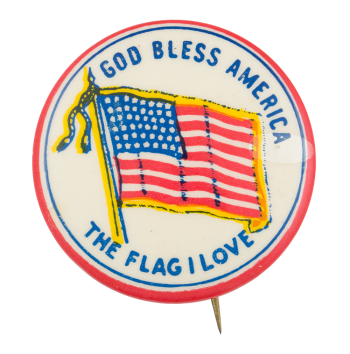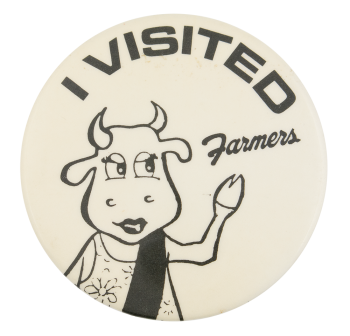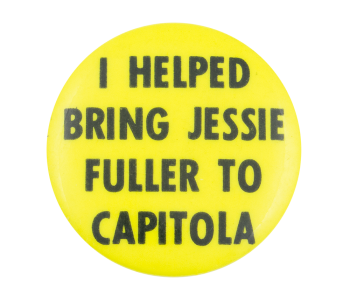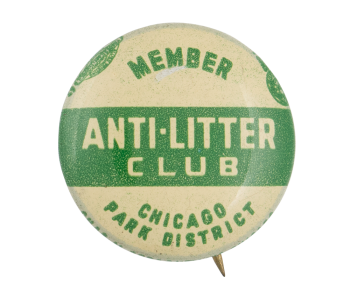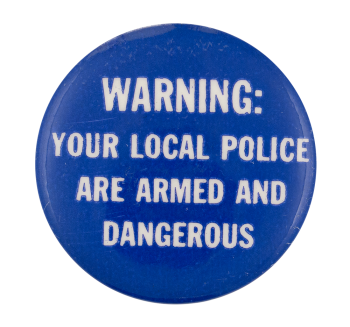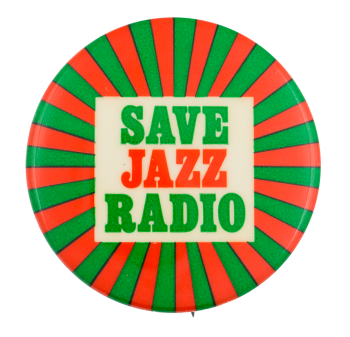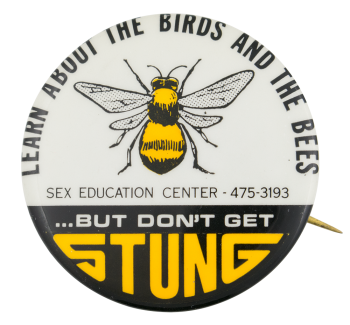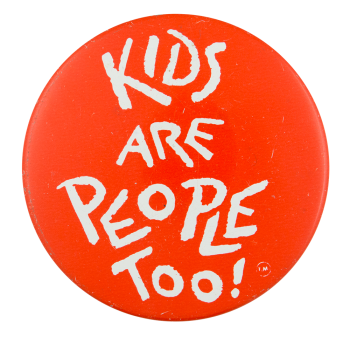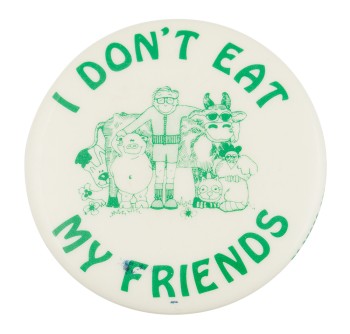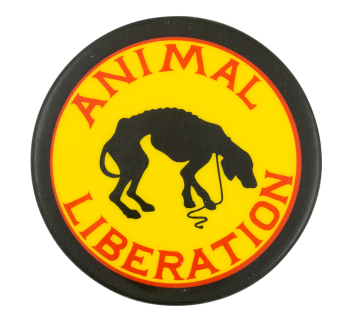The Flag I Love
| Category | |
|---|---|
| Additional Images | |
| Sub Categories | |
| Text on Button | GOD BLESS AMERICA THE FLAG I LOVE |
| Image Description | Blue text above and below an illustration of an American Flag with an outer red white and blue edge and a white background |
| Back Style | |
| The Shape | |
| The Size | |
| Additional Information | The illustration depicts the 48-star American flag that was used from 1912 to 1959. It was established circa June 24, 1912, by the Executive Order of President Taft. It was the official flag for 47 years, longer than any other flag. The flag was used through two World Wars, and it led to the emergence of the United States of America as the leading nation of the world. |
| Sources |
Chamber of Commerce. (n.d.). The 48 star flag. Retrieved June 29, 2021, from https://www.chamberofcommerce.org/usflag/history/the48starflag.html |
| Catalog ID | CL0475 |

